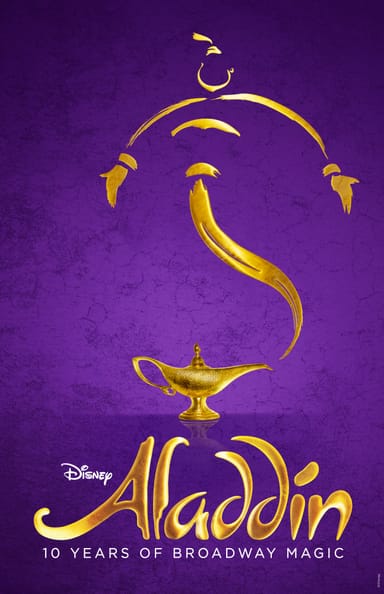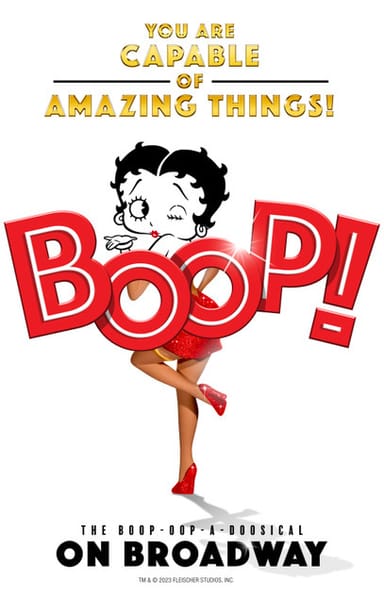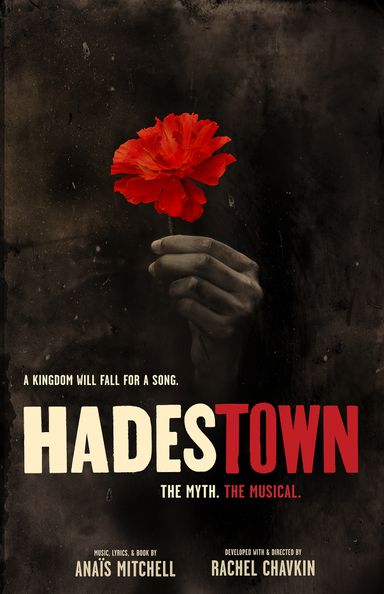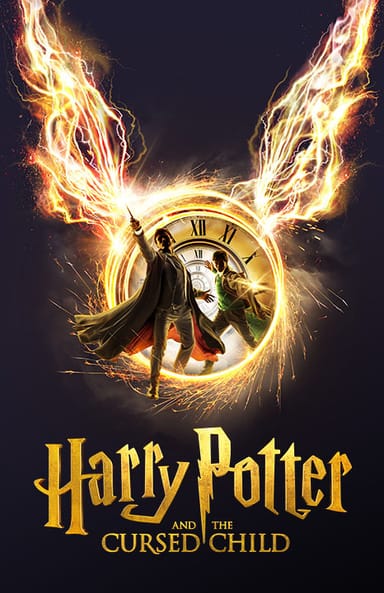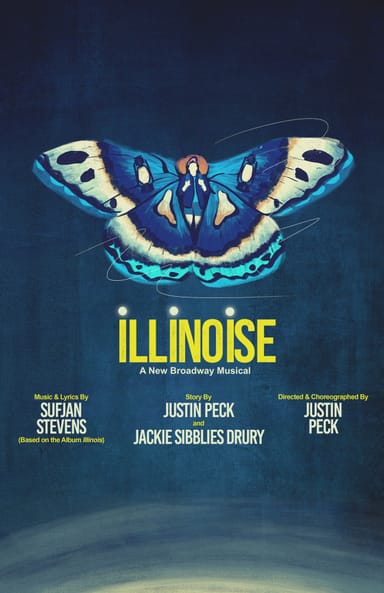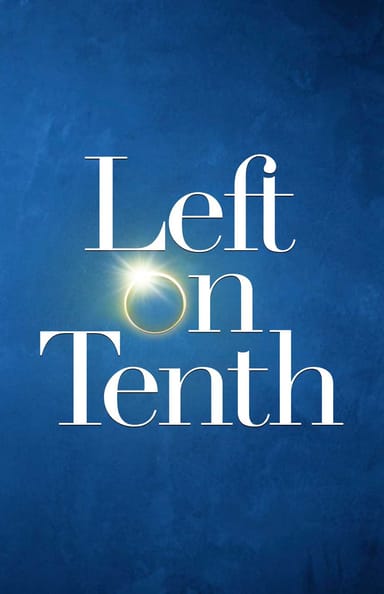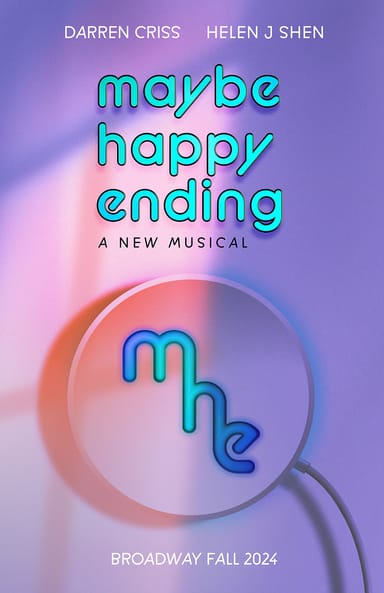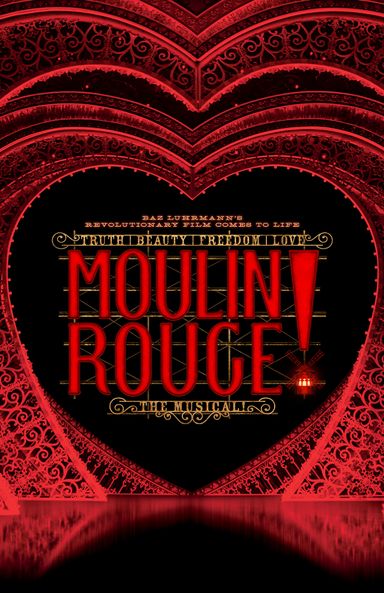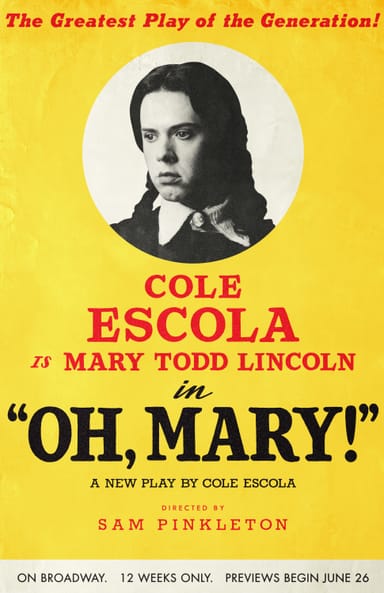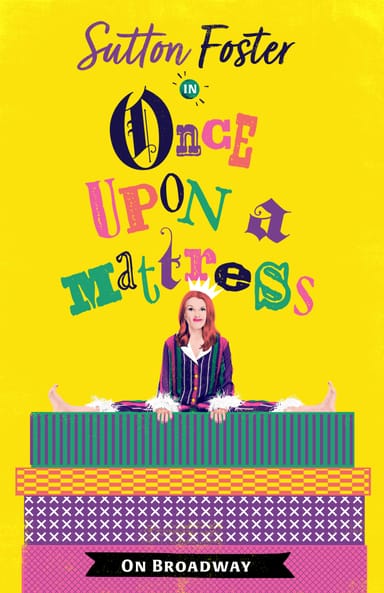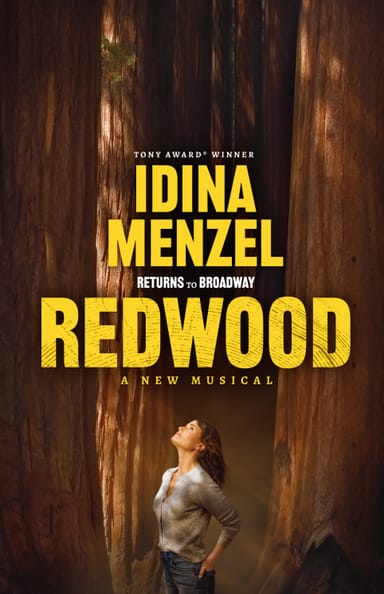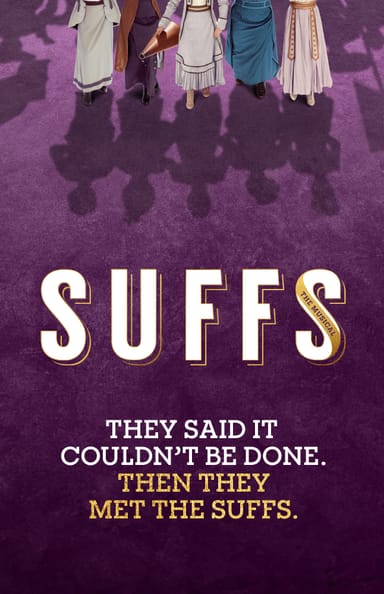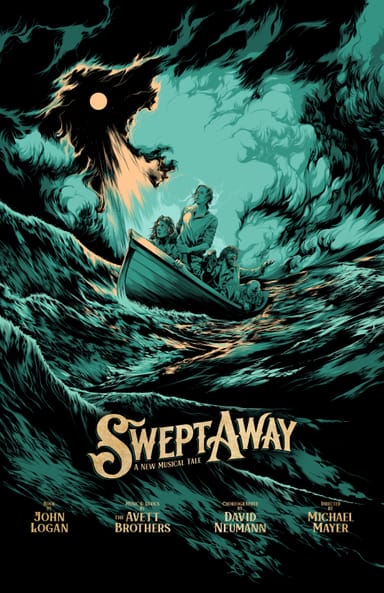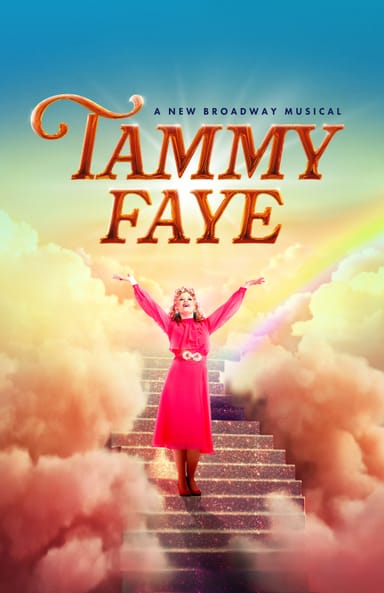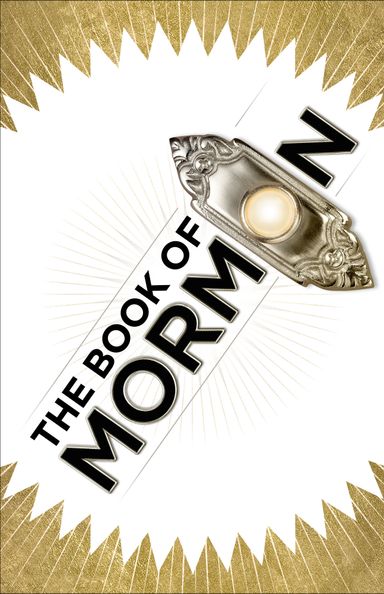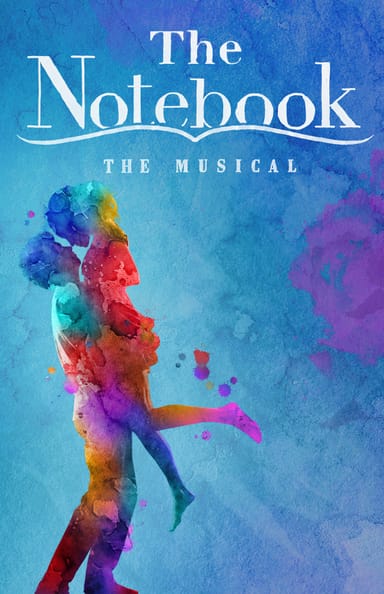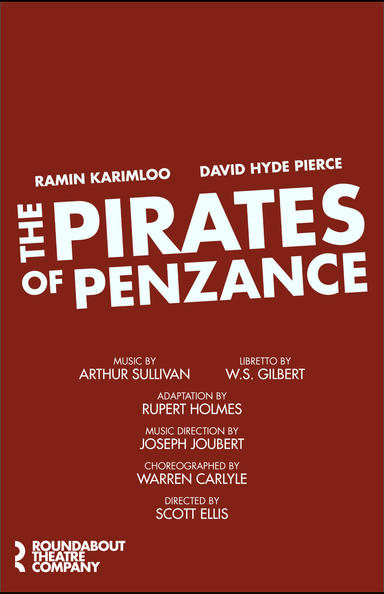“It’s an old song … an old tale from way back when,” sings the character of Hermes in opening “Hadestown.” At its core, the musical is based on two ancient Greek myths: “Orpheus and Eurydice” and “Hades and Persephone.” Mythologies such as these, which feature the stories of gods, heroes and rituals of ancient Greece, have been passed down for thousands of years — so there is no one definitive text. But while some details vary, the heart of these stories and their lessons have remained unchanged. The foundation of these myths inspire the plot and characters of “Hadestown.”
In the ancient Greek tradition, Orpheus was a musician, but not just any. He was known as the only mortal whose playing rivaled that of the god of music, Apollo. Some say Orpheus was the son of the Muses and a Thracian prince — inheriting the gift of song from his mother and having had it nurtured by Thracians, the most musical people of Greece. Others simply note his otherworldly musical ability without explanation. But all versions agree that no one and nothing could resist Orpheus’ music.
One day, while playing beneath a tree, Orpheus meets Eurydice, the nymph (or spirit) of this tree. The two fall in love and are married. But soon after their joyful matrimony, Eurydice wanders in the fields and is bitten by a poisonous viper. Eurydice dies and is taken to the underworld. (“Hadestown” takes liberties here. In the musical, Hades persuades Eurydice in the tune “Hey, Little Songbird” to forgo her poverty-stricken situation for Hades’ well-supplied underworld — a more symbolic snakebite.)
Overwhelmed by his grief, Orpheus is determined to fetch Eurydice from the land of the dead and bring her back to Earth. Hermes, the messenger deity, leads Orpheus to the River Styx — the entrance of the underworld. (In “Hadestown,” Hermes sings of a railroad rather than a river, but it’s always a long, winding path.) But Charon, the ferryman of the riverboat that leads souls to the underworld, refuses to transport a living human. Yet when Orpheus plays his lyre, Charon can’t resist. Charon obliges and Orpheus begins his journey to rescue Eurydice. Orpheus’ music continues to charm other obstacles in the underworld (like Cerberus, the three-headed guard dog). Orpheus finally reaches Hades, ruler of the underworld.
Orpheus’ music bends the will of Hades, who agrees that Orpheus may lead his love back to the mortal world — under one condition. Orpheus must travel ahead of Eurydice and may not look back at her until they have both left the underworld. But, as “Hadestown” creator Anaïs Mitchell writes in her lyrics, the story is “a sad song.” Orpheus glances over his shoulder too soon. He loses Eurydice forever.
But there is another myth folded into the main story of the fated musician and nymph: that of Hades and Persephone. The beautiful god Persephone was the daughter of Zeus, ruler of the heavens, and Demeter, god of agriculture and fertility. While picking flowers in a meadow, Persephone catches Hades’ eye. The god of the underworld cracks open the earth and swallows Persephone, abducting her to be his bride. Some versions of the narrative say Zeus had given Hades permission to take and wed Persephone. But at the kidnapping of her daughter, Demeter’s grief consumes her and she fails to care for the earth. Fields became barren and a famine spread throughout the land.
Worried about the fate of the earth, Zeus sends Hermes to the underworld to bargain with Hades for Persephone’s return. But as Hermes arrives, Hades tricks Persephone into eating pomegranate seeds. According to Greek mythology, anyone who eats food in the land of the dead cannot return to the land of the living. Persephone has been trapped. But because of Demeter’s wrath and Hades’ trickery, the gods negotiate. They decide Persephone will spend six months of the year with her mother on earth and six months of the year in the underworld with her husband, Hades. The myth of Hades and Persephone offers an explanation to the seasons — a bleak winter while Persephone lives down below and a prosperous spring when she returns to her mother. (In “Hadestown,” the song “Livin’ It Up on Top” marks the start of Persephone’s spring on earth.)
Mitchell’s take on these two stories have perpetuated the oral-poetic tradition of mythology itself. “Hadestown” adds a modern American folk-jazz sensibility to the ancient Greek tradition at its source.



